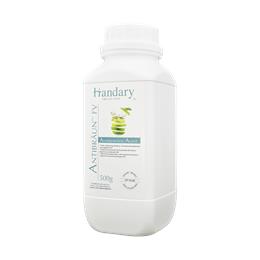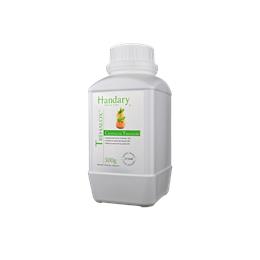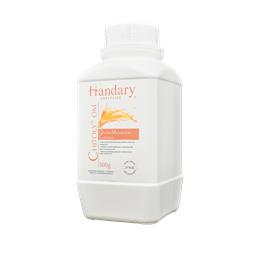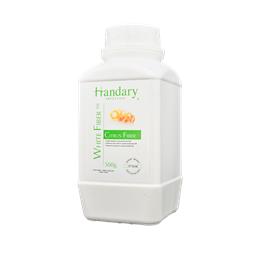Description
Frozen vegetables are vegetables that have been picked at their peak ripeness, washed, cut into various shapes and sizes, and then quickly frozen to preserve their flavor, texture, and nutritional value. Freezing vegetables is an effective way to extend their shelf life and make them available year-round. Frozen vegetables are available in a variety of forms, including whole, chopped, sliced, and diced. They are often considered a healthy and convenient alternative to fresh vegetables, as they can be stored for extended periods without spoiling and are generally less expensive than fresh vegetables. However, the main spoilage issues faced by this category are enzymatic browning, melting resistance and firmness and water migration.
Enzymatic Browning (Color Loss)
Enzymatic Browning (Color Loss) in fruits and vegetables. When the produce is cut or bruised, the PPO is exposed to oxygen in the air and begins to oxidize certain compounds in the produce, such as phenols and catechols. This oxidation process leads to the formation of brown pigments called melanins, which cause the discoloration of the produce.
Melting Resistance & Firmness Melting
Melting Resistance & Firmness Melting resistance and firmness are important quality attributes of frozen vegetables. When frozen vegetables are thawed and cooked, they should maintain their firmness and structure and not turn mushy or lose their shape. Melting resistance refers to the ability of frozen vegetables to resist melting or breaking down when subjected to heat during cooking. Vegetables with high melting resistance retain their shape and texture during cooking, while vegetables with low melting resistance may become mushy or break apart. Firmness refers to the texture and consistency of the vegetable when it is cooked. Firm vegetables have a desirable texture that is not too hard or too soft, while vegetables that are too firm or too soft may be less desirable.
Water Migration
Water Migration is a natural phenomenon that occurs in frozen vegetables during storage and transportation. When vegetables are frozen, the water inside them forms ice crystals. Over time, these ice crystals can grow and move throughout the vegetable, which can cause water to migrate from one part of the vegetable to another. Water migration can affect the quality and texture of frozen vegetables. If water migrates from one part of the vegetable to another, it can cause the texture to become uneven or mushy. This can also result in the loss of nutrients and flavor in the affected areas.
 English
English 简体中文
简体中文 Français
Français Español
Español



